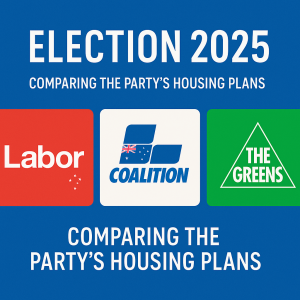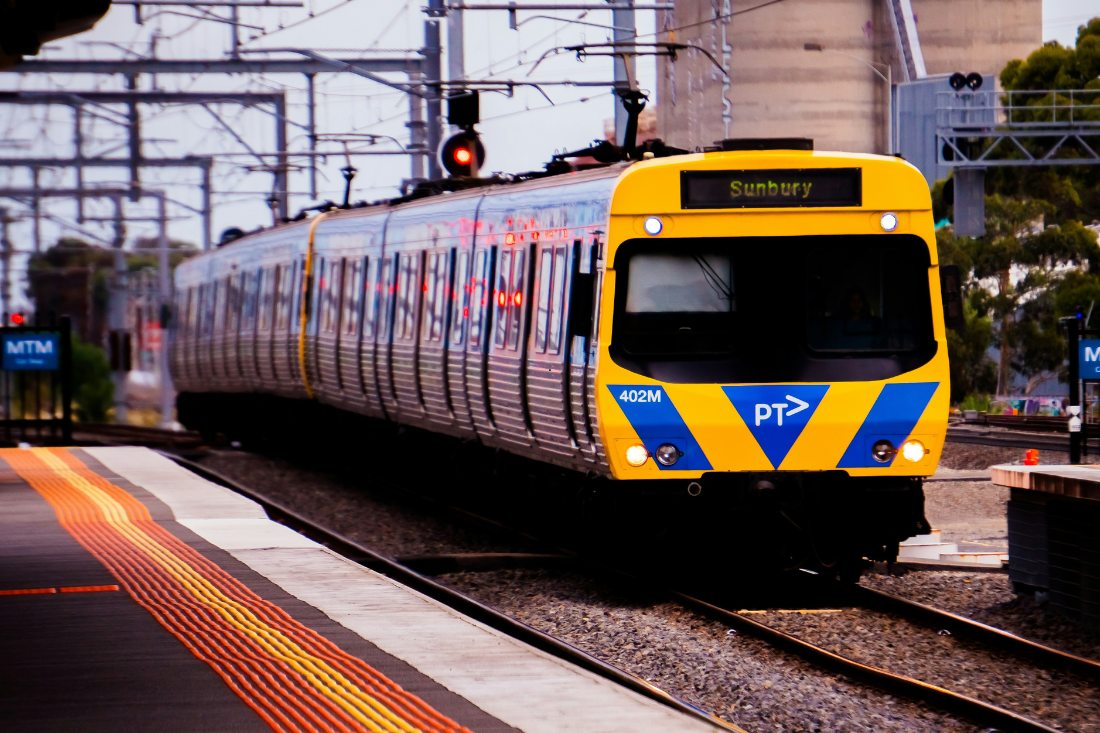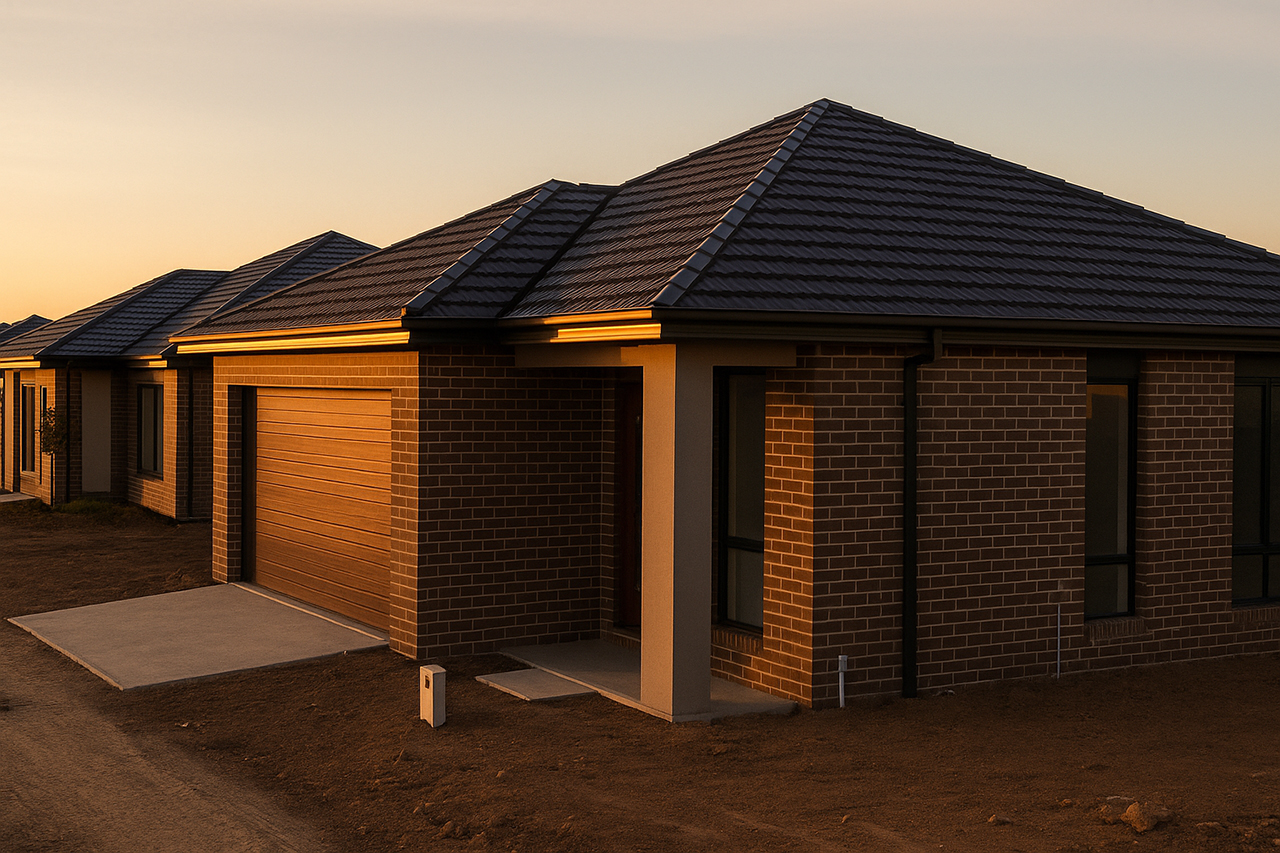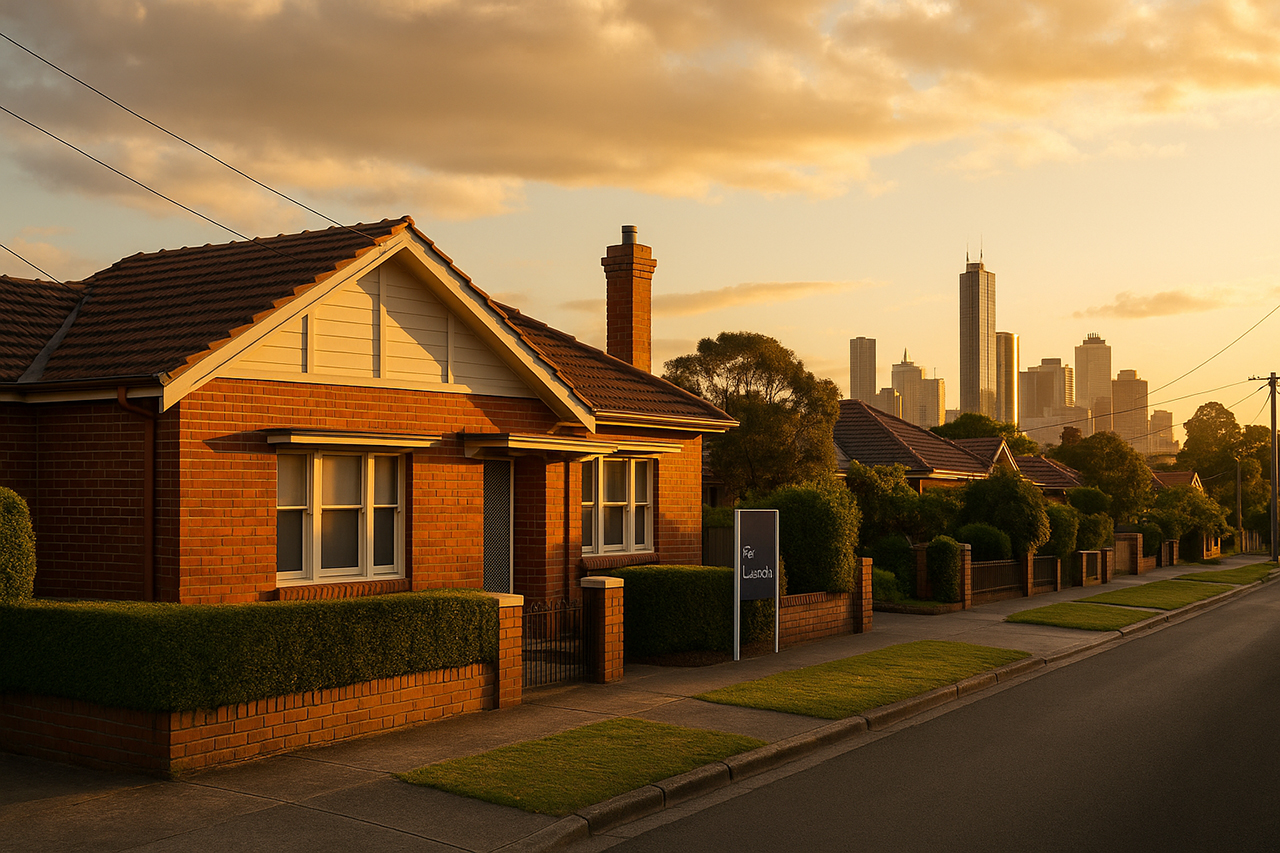
Election 2025: What Each Party’s Housing Policy Could Mean for You
With the 2025 federal election fast approaching, housing affordability has become a major battleground. Whether you’re a first-home buyer, seasoned investor, or looking to sell, the housing policies proposed by the major parties—Labor, the Coalition, and the Greens—could significantly shape your property decisions over the coming years.
Here’s a breakdown of what each party is promising and what it could mean for buyers, sellers, renters, and the broader market.
🔴 Labor’s Plan: Expanding Help to Buy and Building Supply
Labor is extending its focus on shared equity and housing supply, with a range of initiatives designed to make homeownership more accessible and support long-term housing affordability.
Key Proposals:
- Help to Buy Shared Equity Scheme:
- Government contributes up to 40% for new homes or 30% for existing properties.
- Buyers only need a 2% deposit, avoiding lenders mortgage insurance (LMI).
- Eligibility caps raised: $100,000 for singles, $160,000 for couples or single parents.
- Price caps: Up to $1.3 million in Sydney, $950,000 in Melbourne, and $1 million in Brisbane/Canberra.
- Housing Australia Future Fund (HAFF):
- $10 billion fund aimed at delivering 30,000 new social and affordable homes in five years.
- Build-to-Rent Incentives:
- Withholding tax reduced to 15% for foreign investors to increase long-term rental stock.
- National Renters Charter:
- National guidelines for tenant rights, with discussions underway around capping rent increases.
What It Means for You:
Labor’s plan focuses on direct support for buyers and renters, and could lower the entry barriers for first-home buyers. The shared equity model can reduce loan sizes and repayments, especially helpful for lower to middle-income earners.
🔵 The Coalition’s Plan: Unlocking Super for First Homes
The Coalition’s headline policy is centred around early access to superannuation for home deposits—tapping into retirement savings to make homeownership achievable sooner.
Key Proposals:
- Super for Housing:
- First-home buyers can access up to $50,000 or 40% of their super to buy a home.
- Rental Supply Boost:
- Investors can receive up to $10,000 to bring new long-term rentals to market.
- Planning and Infrastructure Reform:
- $400 million in federal funds for local councils to build infrastructure supporting new homes.
- Tying federal funding to state planning reforms and housing targets.
- Foreign Investment Changes:
- Doubling application fees and taxes for foreign buyers and owners of vacant homes.
What It Means for You:
Accessing superannuation could significantly accelerate deposit savings for younger buyers. However, economists warn that it could also inflate home prices by stimulating demand. The Coalition’s approach is more market-led, aimed at increasing supply and demand-side incentives.
🟢 The Greens’ Plan: Rent Freeze and Housing as a Right
The Greens are focused on structural reform and protecting renters, positioning housing as a fundamental right rather than a speculative asset.
Key Proposals:
- National Two-Year Rent Freeze, followed by ongoing capped rent increases.
- Abolish Negative Gearing and Reduce CGT Discount:
- Remove negative gearing for new investors.
- Halve the capital gains tax discount from 50% to 25%.
- Build 225,000 New Public Homes:
- Expand public housing with government-owned homes offered at 25% of tenant income.
- Vacancy and Windfall Taxes:
- Target property speculation and fund affordable housing programs.
- Opposition to Super Access and Shared Equity:
- Cites concerns about super being misused and equity schemes inflating house prices.
What It Means for You:
While unlikely to be implemented in full, the Greens’ proposals could shape negotiations if they hold the balance of power. Investors should prepare for potential tax changes, while renters may see stronger protections if rent reforms are adopted.
💸 RBA Rate Cuts Add to the Momentum
The Reserve Bank of Australia (RBA) has added another layer of complexity to the housing outlook by cutting the cash rate to 4.10%—its first rate reduction since 2020. This move, paired with election promises, could create a surge in buyer activity.
Expected Cash Rate Trajectory:
- NAB: 3.10% by Feb 2026 (four more cuts)
- CBA/Westpac: 3.35% by Dec 2025 (three cuts)
- ANZ: 3.85% by Aug 2025 (one cut)
Lower interest rates will likely increase borrowing power and make refinancing more attractive—especially for those who haven’t reviewed their loan in over 12 months.
🧭 What Should You Do Now?
Whether you’re buying your first home, investing, or considering refinancing, now is the time to:
✅ Understand which policies may benefit you.
✅ Monitor interest rate changes that could impact your borrowing capacity.
✅ Prepare for increased competition post-election.
🎯 Let’s Plan Your Next Move
At Clark Finance Group, we help clients navigate the shifting landscape of housing policy, interest rates, and market trends.
📞 Book your free consultation to understand your borrowing options and plan ahead for what could be a busy post-election property market. 👉 Click here to schedule
Disclaimer: The content of this article is general in nature and is presented for informative purposes. It does not constitute financial, legal, or tax advice. Please consult a licensed professional before making financial decisions.







